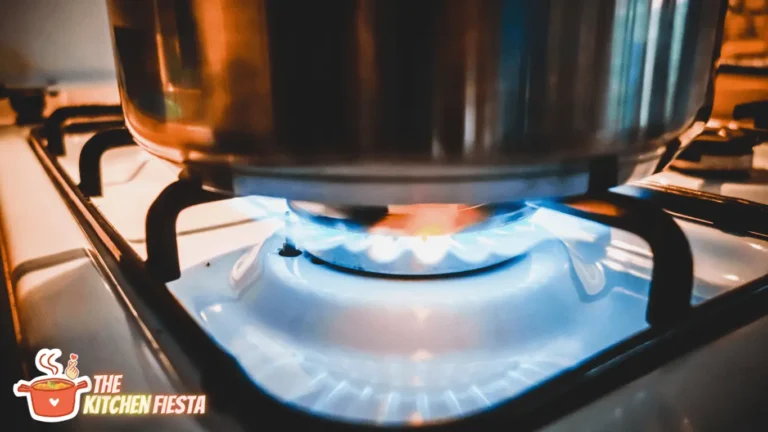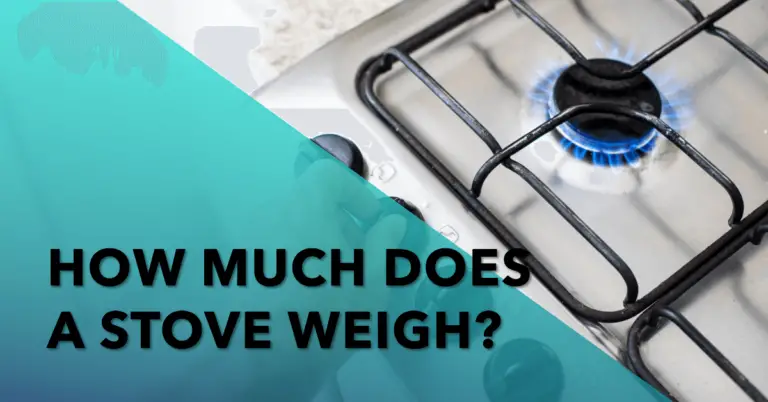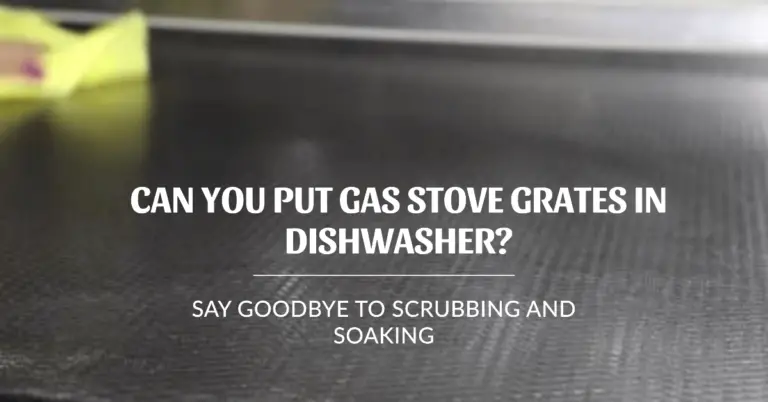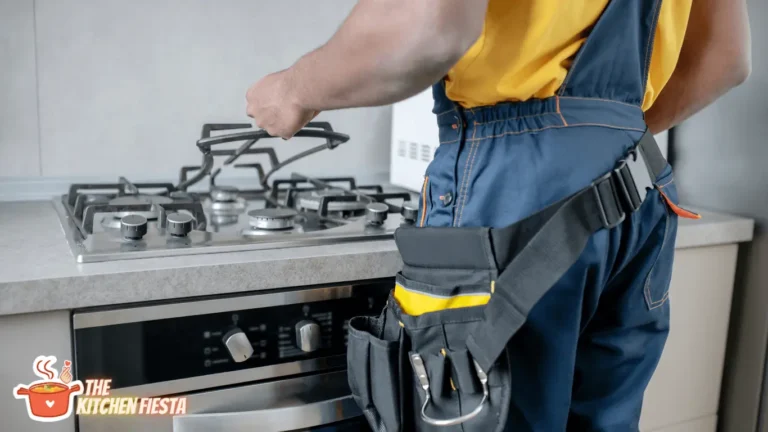Gas Fireplace Goes Out After An Hour: Causes and Solutions
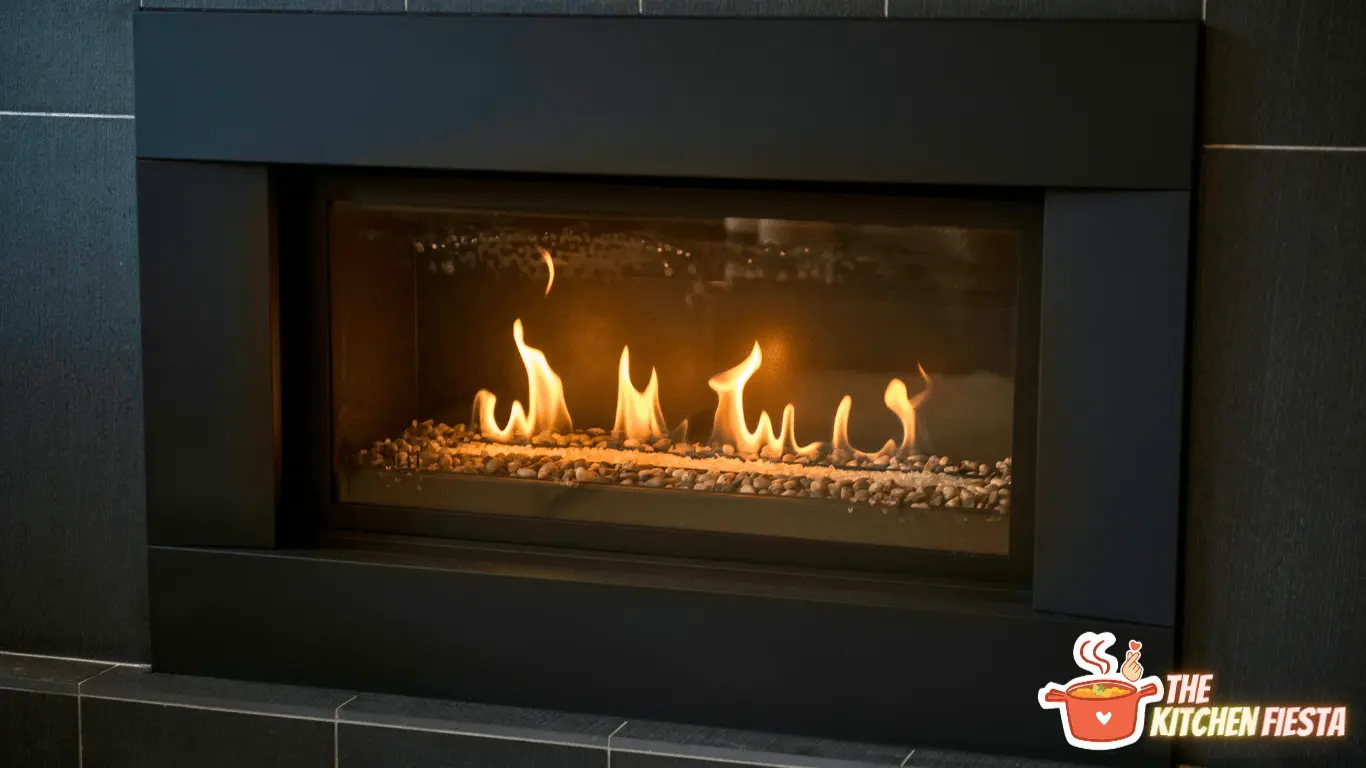
Is your gas fireplace randomly shutting off and refusing to stay lit for more than an hour? You eagerly await the cold winter months so you can cozy up near the fire, only to have it keep going out on you when you need it most. Frustrating, right?
Having a gas fireplace that won’t stay lit can put a real damper on your plans for enjoyment and home heating. But don’t despair – in most cases, this problem can be fixed with some simple troubleshooting and maintenance.
The good news is that in many cases, there are DIY solutions for getting a faulty gas fireplace working properly again. You may be able to resolve the issue yourself without the need for an expensive service call.
This article will provide a helpful guide for diagnosing and repairing common problems that can cause your gas fireplace pilot light to shut off repeatedly. We’ll cover:
- The typical reasons a gas fireplace shuts off
- Step-by-step instructions for troubleshooting
- Tips to prevent future malfunctions
- When it’s best to call in a professional
- FAQs about gas fireplace pilot light issues
Read on to learn why your fireplace keeps shutting down, how to troubleshoot the cause, and get your gas fireplace back up and running properly so you can enjoy cozy nights by the fire!
What Are the Components of a Gas Fireplace That Impact Operation?
To understand what may be going wrong when your gas fireplace keeps shutting off, it helps to be familiar with how a gas fireplace works. Here are some of the key components that allow gas fireplaces to ignite and operate:
- Pilot light – This small flame is what ignites the main burner. It should maintain a steady blue flame.
- Thermocouple – This is a heat sensor next to the pilot light. It detects the pilot flame and signals the gas valve to open and allow gas flow.
- Thermopile – The thermopile generates millivolt electricity to power the gas control valve so it opens and closes properly.
- Gas valve – This mechanism controls the gas supply to the fireplace. When switched on, it allows gas to flow.
- Burners – The main burners release gas into the fireplace which is ignited by the pilot light flame.
- Venting – Gas fireplaces require proper venting for combustion and to conduct exhaust outdoors.
- Electrical wiring – Wires connect the thermopile/thermocouple to the gas valve control.
Proper function of each of these components is essential to keep the pilot light on and allow the main burners to receive gas for normal operation. A problem with any part can result in the whole system shutting down.
What Are Some Common Reasons a Gas Fireplace Shuts Off Repeatedly?
There are a several typical causes of a gas fireplace refusing to stay lit for extended periods:
- Faulty thermocouple – The thermocouple is a heat sensor that tells the gas valve when the pilot is lit. If it malfunctions, the valve shuts off gas flow.
- Defective thermopile – The thermopile generates millivolts to power the valve. If it fails, the valve closes and won’t reopen.
- Moisture buildup – Condensation inside the gas lines can obstruct flow leading to flame outages.
- Clogged pilot – Debris or dirt around the pilot light can affect the flame and cause shutdowns.
- Loose wiring – Loose electrical connections between the valve and thermopile will cut power.
- Gas leaks – Leaks along supply lines introduce air that disrupts gas flow.
- Ventilation issues – Improper ventilation starves the fire of oxygen causing repeat shutdowns.
- Faulty valve – A bad valve won’t regulate gas flow properly to sustain the flames.
- Weak pilot flame – Small, weak pilot flames are more likely to blow out resulting in shutdowns.
Many of these issues can arise from lack of regular inspection and maintenance. Annual servicing of a gas fireplace can catch problems before they lead to intermittent operation.
Step-by-Step Guide for Troubleshooting a Gas Fireplace That Shuts Off
If your gas fireplace has suddenly begun shutting down repeatedly, here are some steps to take to troubleshoot the cause:
Inspect Pilot Flame Appearance
The first thing to check is the pilot light itself. Does it have a strong, steady, blue flame? A thin, weak flame or one that is orange-colored indicates a problem. The pilot may need cleaning or adjustment.
Test the Thermocouple with a Multimeter
Use a multimeter to check the thermocouple voltage output. Set it to the millivolt range. No measurement means the thermocouple is likely defective and can’t tell the valve to open.
Clean the Pilot Light Assembly and Burners
Remove any debris, dirt, spider webs, or insect nests that may be obstructing the pilot light or burner ports. Blockages can lead to poor flames.
Check Wire Connections
Verify that all wiring connecting the thermopile, thermocouple, and gas valve is intact and securely plugged in. Loose wiring disrupts ignition.
Use Leak Detector Spray to Check for Gas Leaks
Leak detector spray bubbles up when applied to gas leaks. Small leaks along the supply lines can make the flames unstable.
Clean Flame Sensor if Equipped
Some models have a flame sensor rod. Clean it with fine steel wool to remove oxidization buildup that prevents proper sensing.
Test Gas Pressure
Too low pressure will lead to repeated flame loss. Contact the gas company to come check pressure to specs.
Try Replacing the Thermocouple
If the thermocouple is old or tests faulty, replace it with an identical new thermocouple purchased from the manufacturer.
Have a Technician Evaluate the Gas Valve
If all else checks out, the gas valve may need to be rebuilt or replaced if found defective. Let a pro handle this.
With some methodical testing and troubleshooting of each component, you should be able to determine why your fireplace keeps shutting down and correct the problem.
Preventative Maintenance Can Reduce Gas Fireplace Issues
Performing regular preventative maintenance checks and cleaning can minimize issues with your gas fireplace:
- Annually inspect key ignition components for damage or wear.
- Clean air intake openings and burner ports of any debris buildup.
- Install protective cover plates during off seasons to keep out dirt.
- Check piping and fittings for leaks, kinks, corrosion or cracks.
- Vacuum and wipe down fireplace exterior regularly.
- Clean thermocouple, thermopile and pilot hood of oxidation.
- Replace batteries in electronic ignition receivers and remotes before each season.
- Have venting professionally inspected for blockages.
Following the manufacturer’s recommendations for maintenance each year will add years of life to your gas fireplace system.
When Should a Gas Fireplace Technician Be Called for Service?
While some gas fireplace issues can be DIY repairs, it’s safest to call in a professional technician when:
- Replacing thermopile or thermocouple requires accessing gas lines.
- Gas pressure problems require complete testing.
- The gas valve needs rebuilding or replacement.
- Repeated failed attempts to relight the pilot light occur.
- Signs of backdrafting or vent blockage are present.
- Strong gas odors indicating a major leak are detected.
- The pilot light repeatedly goes out after cleaning attempts.
- Electrical problems prevent ignition system from operating.
- Fireplace makes odd noises or emits fumes when lit.
A qualified gas fireplace technician has specialized skills, tools, and expertise to safely troubleshoot issues, perform needed repairs, and ensure your fireplace is operating reliably.
Answers to Common Gas Fireplace Pilot Light Questions
Why does my gas fireplace pilot light keep going out?
Common reasons for a pilot light that won’t stay lit include a weak flame, clogged pilot opening, faulty thermocouple, defective thermopile, gas pressure problems, or leaks in the gas piping.
What causes a gas fireplace not to ignite?
Failure of the pilot light, thermocouple malfunction, electrical problems, gas supply valve issues, and vent blockage are typical ignition failure causes.
Why does my gas fireplace make loud noises when lit?
Some noise is normal, but loud banging or explosive sounds can mean delayed ignition or a dangerous gas leak. Turn off gas and call a technician.
How do I relight the pilot on my gas fireplace?
Turn gas knob to pilot position, depress knob, press igniter button while holding knob down until pilot lights and holds flame. Then release knob and turn to on.
Does a gas fireplace thermocouple need replacing?
Thermocouples last 5-10 years typically. If fireplace won’t stay lit, replacing a thermocouple over 5 years old often fixes the problem.
Reaching out to a professional service can also provide answers if you encounter an issue that you are unable to resolve on your own through troubleshooting.
In Conclusion
Troubleshooting common gas fireplace operation problems like frequent shutdowns or flame outages involves methodically inspecting and testing components to pinpoint the cause. With some maintenance prevention and by addressing minor issues promptly, your gas fireplace can reliably provide cozy warmth and ambiance for years of enjoyment.
Follow the tips outlined to keep your gas fireplace pilot lit, and don’t hesitate to call a professional technician for assistance if needed. With a properly functioning gas fireplace keeping your home comfortable and inviting through the colder months, you’ll be thankful you took the time to get it working optimally this season.
Key Gas Fireplace Troubleshooting Tips
- Inspect pilot flame strength and color
- Test thermocouple millivolt output
- Clean pilot light opening and burner ports
- Check wiring connections
- Test for gas leaks
- Replace old thermocouples
- Call a professional for major gas valve issues

